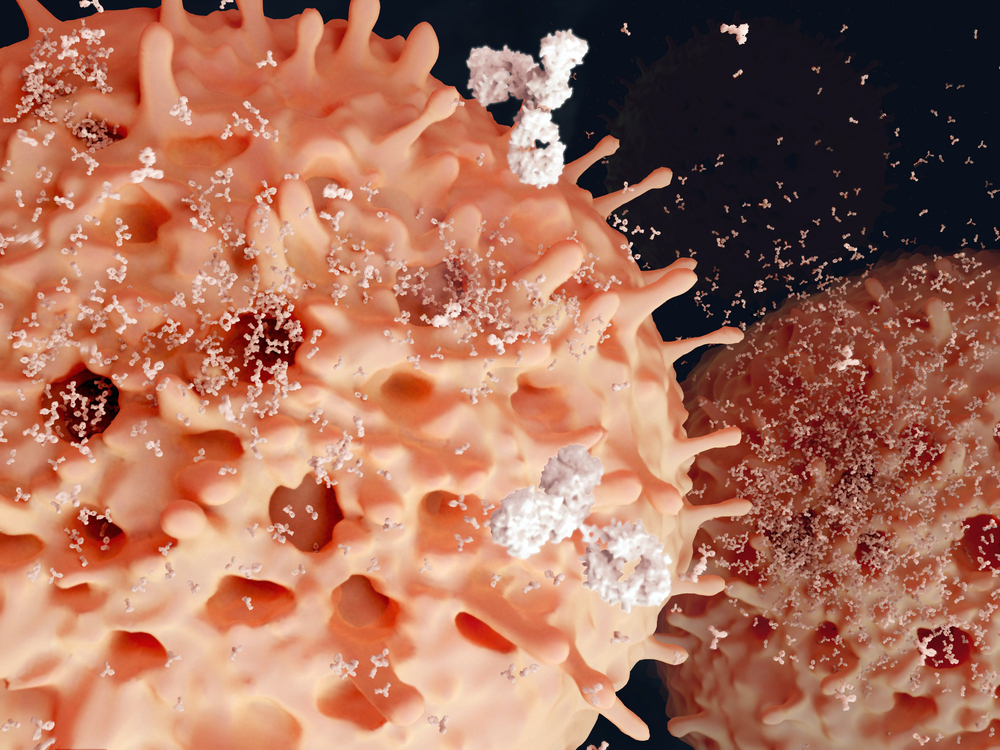Novel Method to Identify and Classify Blood Monocytes Might Assist in Lupus Diagnosis
Written by |

In a recent study entitled “Non-Classical monocytes display inflammatory features: Validation in Sepsis and Systemic Lupus Erythematous” published in the Scientific Reports journal, a team of researchers from India presented a robust method of identifying monocytes, a type of white blood cell that is involved in different immune functions. This approach was successfully used to characterize whole blood monocyte population in patients with Sepsis – acute pathogen-derived inflammation – and Systemic Lupus Erythmatosus (SLE) – chronic inflammatory disorder.
Monocytes are a group of immune cells that circulate in the blood, where they serve as precursors of specialized immune cells in the body’s tissues. Besides this role, these cells are also involved in the immune response against infection and in the development of several inflammatory diseases. Monocytes can be divided into “classical”, “nonclassical” and “intermediate” monocytes, according to the proteins present on their cell membrane and their particular functions. “Classical monocytes” are the more common, accounting for approximately 80% of the total population. Several studies have associated the proportions between each monocyte subtype to the development of distinct diseases, i.e. pathogenesis. However, traditional methods to characterize monocyte subpopulations have not been providing consistent results, mainly because these rely on the identification criteria of each technician performing the analysis.
By combining multicolor flow cytometry with an analysis algorithm to define monocyte identification criteria, the team removed the variability associated to human-defined identification parameters and was able to consistently characterize whole blood monocytes from normal individuals and patients with Sepsis and SLE. This allowed them to further refine immune functions attributed to each monocyte subtype. “Classical” monocytes are involved the internalization of pathogens – phagocytosis – and have no inflammatory attributes; “nonclassical” monocytes are mainly involved in inflammatory immune response; and “intermediate” monocytes seem to be transitional monocytes that display both phagocythic and inflammatory functions. Moreover, authors found that patients with Sepsis and SLE presented higher levels of “inflammatory” monocytes. However, whereas in Sepsis both “nonclassical” and “intermediate” monocytes levels were elevated, in the case of SLE the “nonclassical” subtype was expanded.
RELATED: New Potential Lupus Drug Targets B Cell Receptor
In light of these results, authors postulated that an increase in “intermediate” monocytes levels could be a differentiating factor between acute and chronic inflammation conditions. If so, the proportions of “nonclassical” and “intermediate” monocytes can become an additional target for the diagnosis of inflammatory diseases, namely SLE. Given the importance of monocytes subtype levels in several human diseases, this novel characterization method has the potential to advance our understanding of these immunological disorders.




